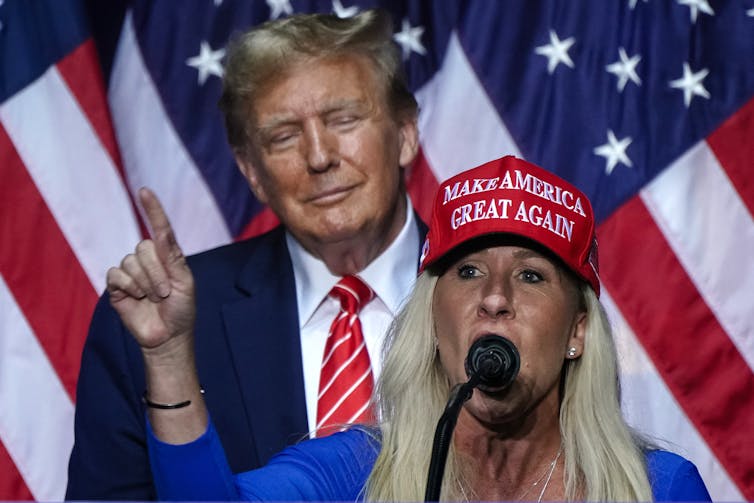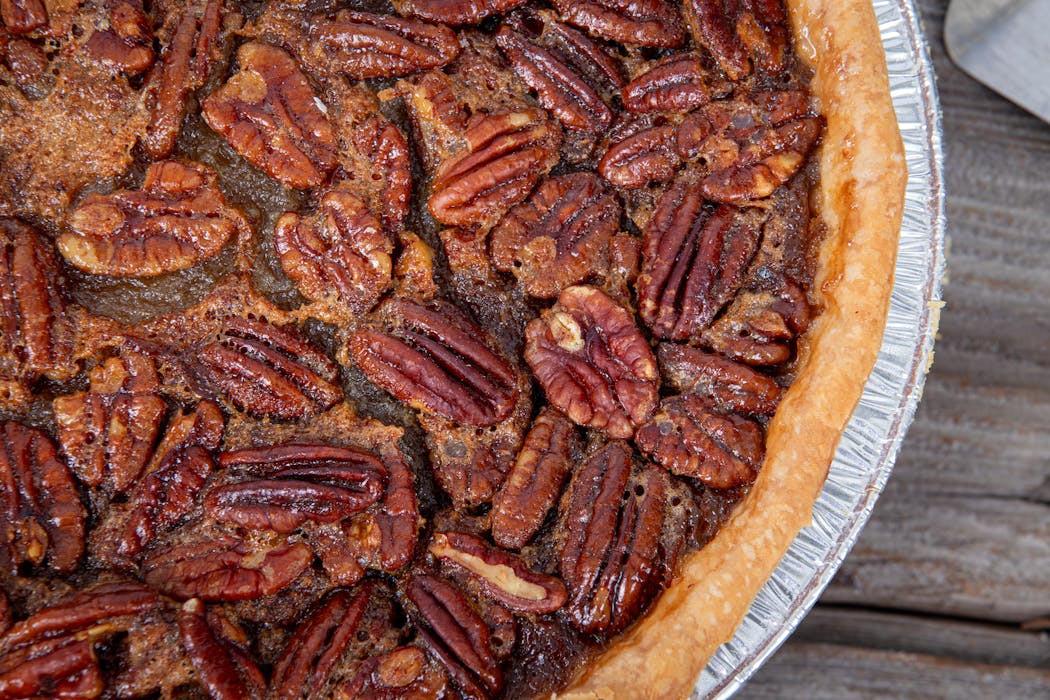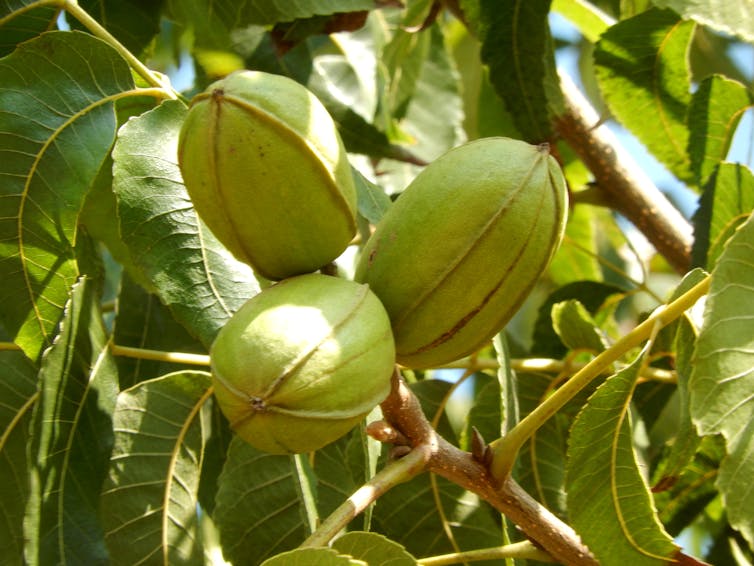Source: The Conversation – in French – By Steeve Côté, professeur d’écologie animale, Université Laval
Alors que les changements climatiques modifient profondément les écosystèmes nord-américains, un petit parasite cause de grands ravages : la tique d’hiver. Cette tique, désormais plus présente suite aux conditions environnementales plus clémentes, affecte lourdement la survie hivernale des jeunes orignaux dans l’est du Canada.
Les changements climatiques permettent à des espèces comme la tique d’hiver, un parasite externe qui se nourrit du sang des grands cervidés, d’étendre leur présence vers de nouvelles régions. Jadis plus rare dans l’est du Canada, elle y est désormais bien implantée et cause des mortalités élevées, surtout chez les jeunes orignaux.
La tique d’hiver complète l’entièreté de son cycle de vie en infestant un seul hôte. Outre l’orignal, on peut la retrouver sur d’autres cervidés comme le cerf de Virginie et le caribou sur lesquels elle a peu d’effet.
Les larves de tiques se retrouvent sur la couche de feuilles mortes au sol durant l’été. À l’automne, elles se mettent en quête d’un hôte auquel elles s’accrochent au passage. Une fois sur l’hôte, elles se nourrissent de sang pour se développer jusqu’au stade adulte. L’accouplement des adultes a lieu sur l’hôte. C’est vers la fin de l’hiver que les femelles consomment la plus grande quantité de sang en vue de la reproduction. Une fois engorgées de sang, les femelles se détachent de l’hôte et pondent leurs œufs dans la litière végétale au sol.
Notre équipe de recherche tente de comprendre les liens entre la tique d’hiver, les orignaux et les conditions environnementales afin de mieux prédire l’évolution de ces relations en fonction des conditions climatiques anticipées. Notre approche repose sur la capture et le suivi de jeunes orignaux dans cinq populations. Celles-ci s’étendent du sud du Nouveau-Brunswick jusqu’au nord du fleuve Saint-Laurent. Nous avons concentré nos efforts sur les orignaux âgés de 8 à 13 mois. Leurs faibles réserves de graisse, leur métabolisme rapide et leur forte charge de tiques les rendent plus vulnérables.
Un protocole rigoureux pour évaluer l’impact
Lors de chacune des trois années de notre étude (2020, 2022 et 2023), nous avons capturé une vingtaine de jeunes orignaux dans chacune des cinq populations étudiées. En plus de munir chaque orignal d’un collier GPS, nous avons réduit la charge (ou le nombre) de tiques de la moitié des individus à l’aide de produits acaricides.
Ceci nous a permis de comparer le comportement et la survie hivernale d’animaux plus ou moins infestés, mais vivant dans un même environnement. La fin de l’hiver est une période critique pour la survie des orignaux en raison de l’épuisement de leurs réserves énergétiques. C’est également à ce moment que les tiques consomment la plus grande quantité de sang et que leurs effets sur la condition et la survie des orignaux sont les plus manifestes.
Notre expérience sur un total de 280 veaux nous a permis de déterminer que la tique d’hiver a été responsable de la majorité des 67 mortalités hivernales comptabilisées et que la plupart de ces mortalités ne seraient pas survenues en absence de tiques. Les orignaux traités à la capture avec un acaricide, et donc peu infestés ensuite, présentaient un risque de mortalité environ 94 % plus faible (9 individus morts sur 135) que les individus non traités ayant des charges de tiques naturelles (58 individus morts sur 145).
De plus, la charge de tiques à la capture augmentait la variation des indicateurs dans le sang des orignaux non traités. En complément, le risque de mortalité était plus élevé dans les régions où le loup, principal prédateur de l’orignal, était présent, alors que la masse des orignaux à la capture diminuait le risque de mortalité. Finalement, la survie des jeunes mâles était généralement plus faible que celle des femelles du même âge.
Les orignaux sont plus affectés par la tique d’hiver que les autres grands cervidés. Ce constat s’explique par une cohabitation encore récente entre la tique et l’orignal. L’expansion du parasite vers le nord, favorisée par les changements climatiques, a créé des conditions printanières plus propices à sa reproduction.
Déjà des milliers d’abonnés à l’infolettre de La Conversation. Et vous ? Abonnez-vous gratuitement à notre infolettre pour mieux comprendre les grands enjeux contemporains.
Cette récente cohabitation n’a pas permis à l’orignal de développer les mécanismes lui permettant de se débarrasser du parasite. D’autres espèces, comme le cerf de Virginie, cohabitent depuis plus longtemps avec la tique et ont développé des comportements pour s’en débarrasser avant qu’elle ne les affaiblisse.
Mieux prévoir pour mieux gérer
Néanmoins, l’effet à long terme des changements climatiques sur la tique demeure incertain. En effet, la fonte plus hâtive et l’arrivée plus tardive de la neige favorisent la survie des tiques et augmentent leurs chances de trouver un hôte. Ces deux conditions augmentent donc les probabilités que la tique puisse trouver un hôte et se reproduire. Toutefois, les étés chauds et secs comme celui de 2025 sont néfastes pour la tique, car un faible taux d’humidité réduit la survie des œufs.
À lire aussi :
Caribou forestier : les revendications autonomistes de Québec se heurtent à la protection des écosystèmes
Les mesures de gestion permettant de diminuer l’abondance de la tique d’hiver sont limitées. Comme une tique doit infester un orignal pour se reproduire, l’abondance des deux espèces est étroitement liée. Ainsi, une réduction de la densité des populations d’orignaux est une avenue à considérer dans les régions problématiques afin de limiter la propagation des tiques. Autrement, un aménagement forestier visant à modifier la température et l’humidité du sol pourrait également influencer la survie et l’abondance des tiques.
Nos travaux en cours visent à comprendre comment la structure de la forêt influence la présence de tiques et à identifier des pratiques d’aménagement susceptibles de limiter leur survie. Nous développons également un modèle permettant de prédire les infestations de tiques à partir de différents facteurs liés à l’environnement. Ces modèles permettront de mieux prévoir l’impact des infestations sur les orignaux et d’ajuster la façon de gérer la forêt et les populations d’orignaux.
![]()
Steeve Côté est professeur titulaire au Département de biologie à la Faculté des sciences et de génie de l’Université Laval. Il dirige Caribou Ungava et est membre du Centre d’études nordiques. Il a reçu des financements de recherche de plusieurs organismes gouvernementaux en partenariat avec des industries.
Christian Dussault est membre du Ministère de l’Environnement, de la Lutte contre les changements climatique, de la Faune et des Parcs du Québec. Mes travaux de recherche sont en partie fincancés par le Gouvernement du Québec.
Jean-Pierre Tremblay est professeur titulaire au Département de biologie à la Faculté des sciences et de génie de l’Université Laval. Il est membre du Centre d’étude de la forêt et du Centre d’études nordiques. Il a reçu des financements de du Conseil de la recherche en sciences naturelles et en génie du Canada et de partenaires de l’industrie, d’organisations para-gouvernementales et d’organismes sans but lucratif.
Julien H. Richard est membre du Centre d’études Nordique et du Centre d’étude de la forêt, son salaire est entièrement couvert par des financements de recherche de plusieurs organismes gouvernementaux en partenariat avec des industries.
– ref. Des hivers plus doux, des parasites plus présents : l’orignal est-il en péril face à la tique d’hiver ? – https://theconversation.com/des-hivers-plus-doux-des-parasites-plus-presents-lorignal-est-il-en-peril-face-a-la-tique-dhiver-256019
















